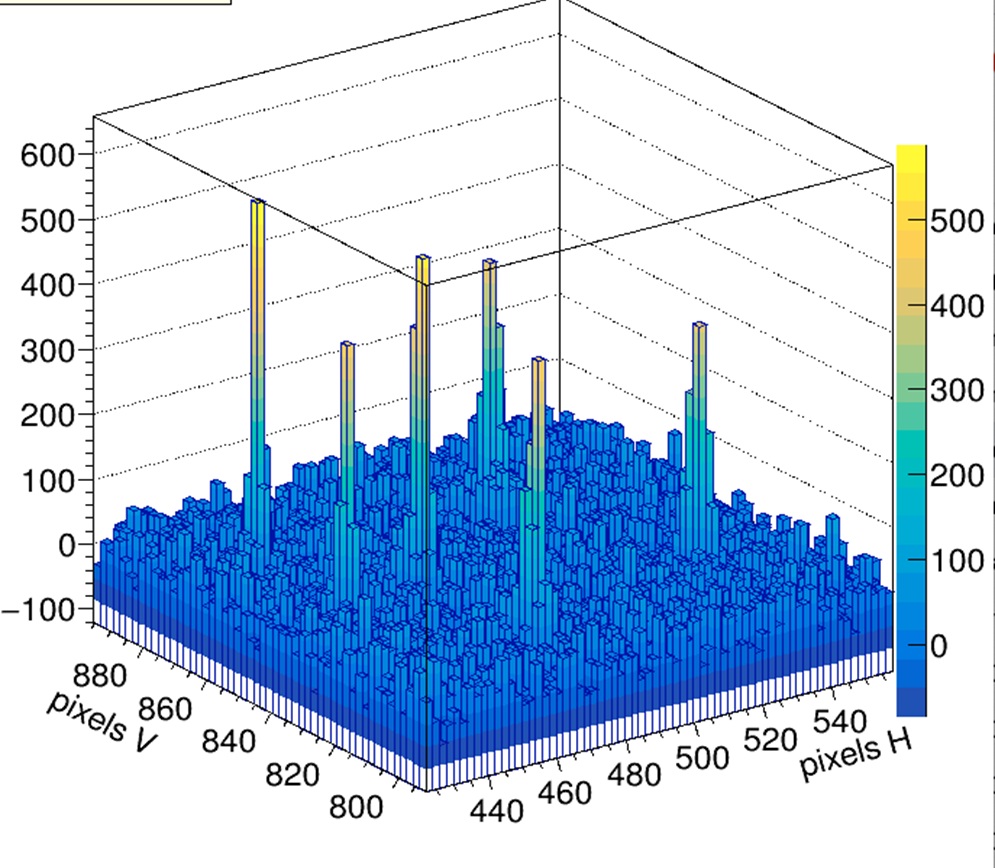Integrated Sensors, LLC (I-S) was founded by Dr. Peter Friedman in 2004 as the first company in the world to apply the high gain, high-performance properties of low cost plasma-TV technology (i.e. plasma display panels) to radiation detection. This has resulted in the invention and development of the plasma panel sensor (PPS) which has been awarded a number of government research contracts.
In 2017, I-S initiated a new research program on ultra-fast transmissive (UFT) particle and photon beam monitors, which led to two new government funded programs (i.e., DOE & NIH) and collaborations with Loma Linda University (School of Medicine) and the University of Michigan (Physics Dept.). UFT-devices can monitor any type of ionizing beam for external beam radiation therapy (EBRT) including FLASH radiotherapy, and can operate either upstream (in vacuum) or downstream (in air) from the exit nozzle or multileaf collimator with exceptional performance capability. Results show order-of-magnitude advantages over ionization chambers for single-particle imaging (see figure below), precision position resolution (~5 µm), readout time and beam hardening. UFT-beam monitors are also being developed for time-of-flight (≤ 50 ps) measurements in heavy-ion and rare isotope or exotic particle beam accelerators from Be-7 to U-238 nuclei. This led in April 2020 to a $1.0 million Phase-II award from the DOE Office of Nuclear Physics and in September 2021 to a $1.9 million Phase-II award from the NIH National Cancer Institute. Our collaboration partners for scientific applications include the National Superconducting Cyclotron Laboratory (NSCL), the DOE Facility for Rare Isotope Beams (FRIB, see figure below), and the University of Michigan (Physics Dept).

3D representation of captured image of a 2.75 MeV/u beam of 86Kr+26 (FRIB ReA3 beamline) at an intensity of <10 particles/sec, showing the position of individual beam particles in a 1 sec exposure.
